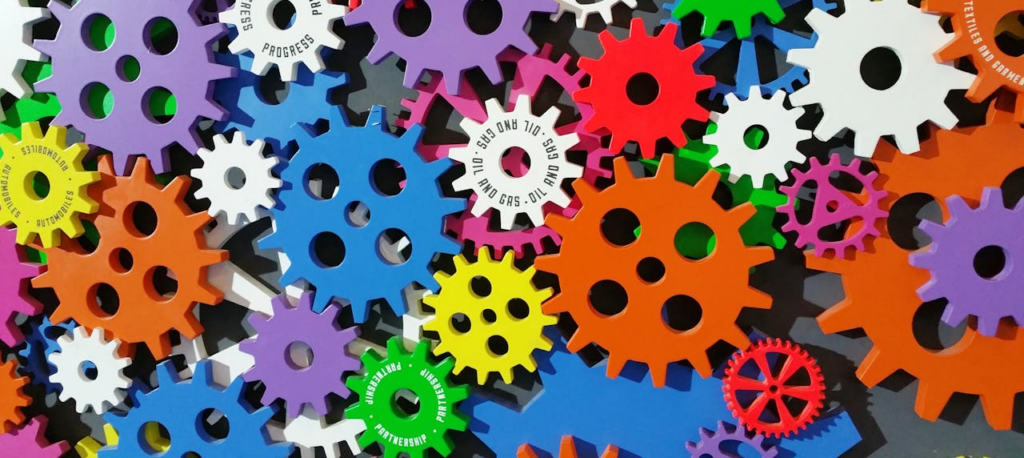Testers can now convert video recordings into detailed defect reports. This groundbreaking functionality accelerates project timelines with AI-powered speed and accuracy.
Not only does this technology provide the holy trinity of speed, quality and cost savings, but it also solves a huge—often unspoken—issue on many projects: the breakdown of dev/test relations at the worst possible time.
Defect Reports: Critical, Contentious and Often Time Consuming
Defect reports (or defect tickets, bug reports, etc.) are vital to software projects. They provide developers with the information needed to identify and fix issues detected during testing.
However, defect reports (and their contents) can be a major source of contention, especially as projects near their go-live dates.
Yes, most projects stipulate what needs to be included in a defect report, but human nature dictates that each tester will have a unique approach to populating them. Equally, each developer will have different needs and expectations.
Not only that, but even the most thorough testers often face significant time challenges and must make judgment calls on what to prioritise.
If testers spend too much time writing up defects, they will often have to work evenings or weekends to get back on track. Conversely, if testers don’t spend enough time documenting defects, developers will struggle to pinpoint issues, let alone resolve them promptly.
What is Video-to-Defect?
Enter video-to-defect! This remarkable feature solves these problems by providing developers with consistent, thorough step-by-step defect information while freeing up tester time to complete their test execution backlog.
Instead of rushed defect reports with vague descriptions or incomplete steps, testers provide developers with precise, AI-generated instructions on reproducing the issue. This clarity reduces miscommunication, accelerates the entire project, and lowers the likelihood of conflicts at your go-live party.
By automating this frequently onerous process, the test team can capture even the most subtle issues in detailed reports, which developers can use to investigate issues and take appropriate action efficiently.
Why You Need Video-to-Defect
Similar to the video-to-test feature mentioned last week, the video-to-defect feature can be a game-changer for project delivery. It solves so many problems faced by software development teams:
- Rapid Defect Identification: Hours of video footage are analysed in minutes, providing actionable insights without delaying testing cycles.
- Enhanced Accuracy: By automating defect detection, this feature captures subtle issues that may be missed during manual testing.
- Improved Collaboration: Clear and precise defect reproduction steps reduce friction between testers and developers. Developers no longer need to decipher vague bug reports, while testers feel their efforts are accurately represented.
- Increased Test Coverage: Testers can focus on test execution.
- Cost Efficiency: Early identification of defects prevents costly delays and rework during later stages of development.
Accelerate Your Project and Reduce Conflict
By automating defect detection through video analysis, video-to-defect delivers clear, actionable insights that accelerate issue resolution while maintaining high test throughput.
It bridges the communication gap between developers and testers, turning potentially contentious relationships into productive partnerships, dare we say, even friendships?
As with video-to-test, you can access video-to-defect as part of OpenText DevOps Aviator.
As software development evolves, Aviator is setting new benchmarks for innovation, efficiency, and collaboration in DevOps workflows.
With additional features like test ideation and generation, AI-generated test automation, and time-to-market predictions, you can reduce application development time by up to 60% faster while fostering stronger collaboration across disciplines.

















